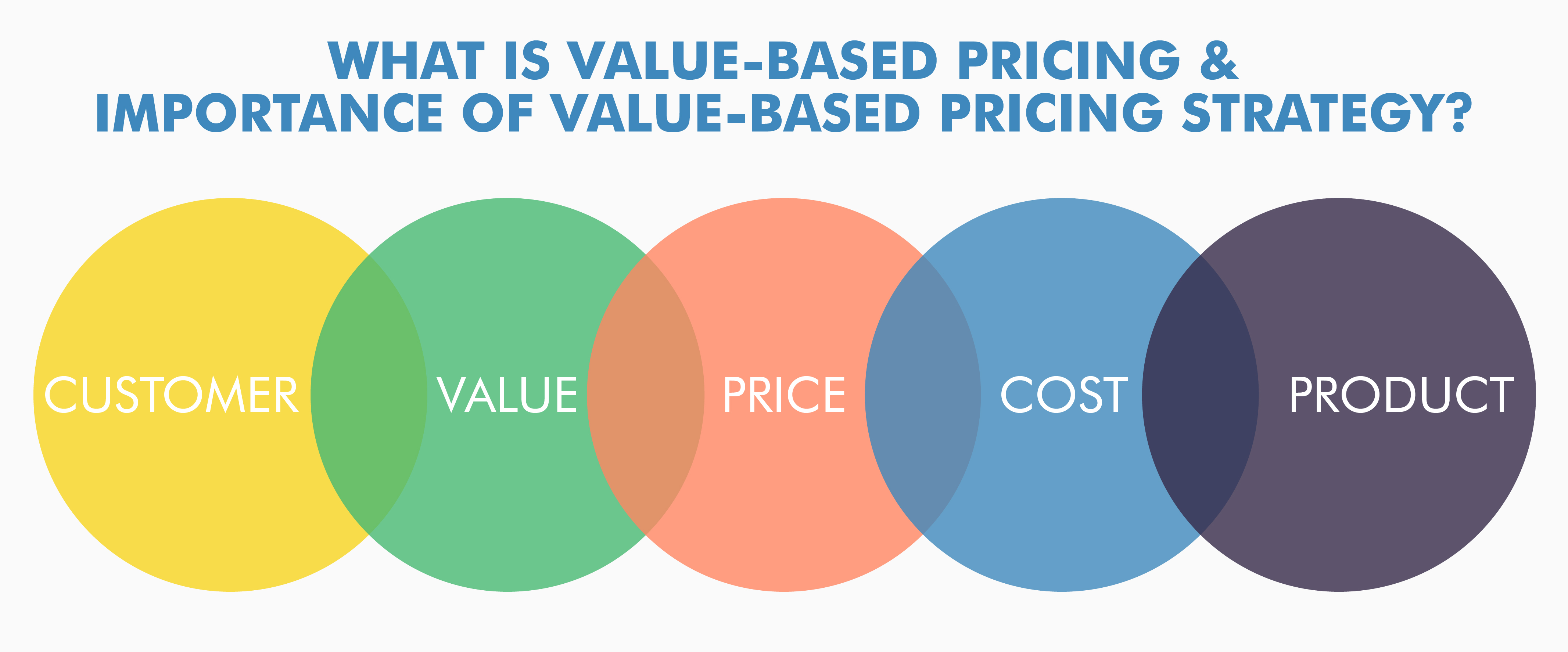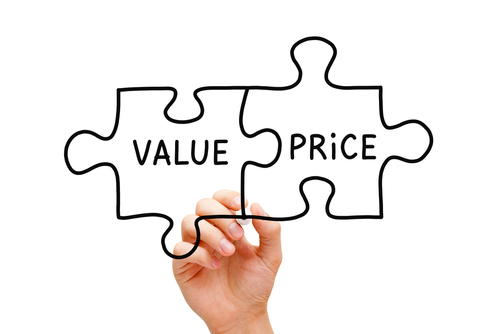
Clinical Pricing Stretegies
Pricing is one of the classic “4 Ps” of marketing (product, price, place, promotion). It’s one of the key elements of every B2C strategy.
There are many factors to consider when developing your pricing strategy, both short- and long-term. For example, your pricing needs to:
Reflect the value you provide versus your competitors
Match what the market will truly pay for your offering
Support your brand
Enable you to reach your revenue and market share goals
Maximize your profits

Before you begin
It’s best to define your positioning, create your brand strategy, and identify your distribution channels before you develop your pricing strategy in the marketing plan. By doing so, you’ll ensure that your pricing reflects your value and reinforces your brand.
For example, if your method for delivering value is product leadership, you shouldn’t discount heavily or compete on price; you should also minimize pricing conflicts with any channel partners.
Your pricing influences how the market perceives your offering. If you’re perceived as a commodity, you must either change the market’s perception via a new positioning strategy, or compete on price and focus on innovating to keep costs low so you can still make a profit.
Match your pricing strategy to other clinics
Your price sends a strong message to your market – it needs to be consistent with the value you’re delivering.
If your value proposition is operational efficiency, then your price needs to be extremely competitive.
If your value proposition is product leadership or customer intimacy, a low price sends the wrong message. After all, if a luxury item isn’t expensive, is it really a luxury?
Understand your cost structure and profitability goals
Companies calculate these costs differently, so verify the exact calculations your company uses for
Cost of goods sold (COGS): the cost to physically produce a product or service
Gross profit: the difference between the revenue you earn on a product and the cost to physically produce it
In addition, understand how much profit the company needs to generate. You’ll be far more effective when considering discount promotions – you’ll know exactly how low you can go and still be profitable.
Analyze your competitors’ prices
Look at a wide variety of direct and indirect competitors to gauge where your price falls. If your value proposition is operational efficiency, evaluate your competitors on a regular basis to ensure that you’re continually competitive.
Determine price sensitivity
A higher price typically means lower volume. Yet you may generate more total revenue and/or profit with fewer units at the higher price; it depends on how sensitive your customers are to price fluctuations. If they’re extremely sensitive, you may be better off at a much lower price with substantially greater volume.
Estimate how sensitive your customers are to fluctuations – it will help you determine the right price and volume combination. More importantly, you can estimate how a price change can impact your revenue.



